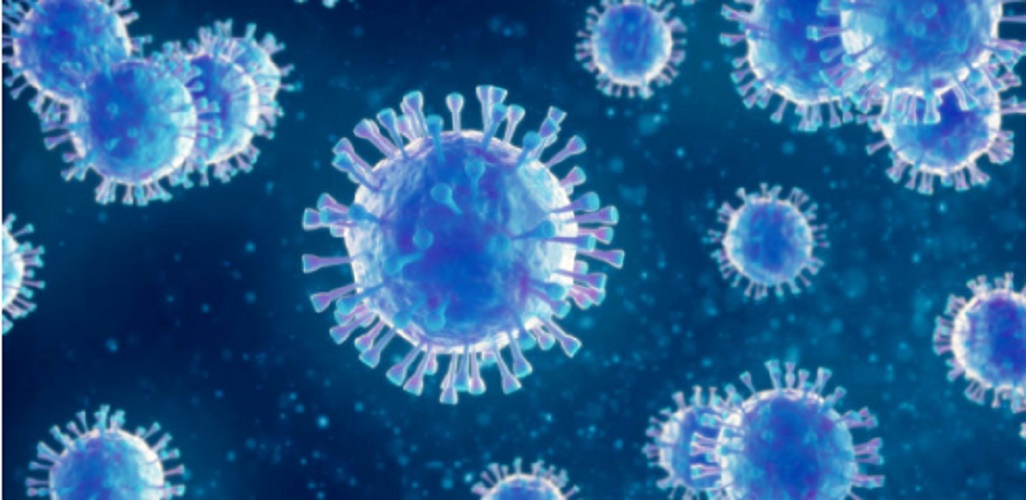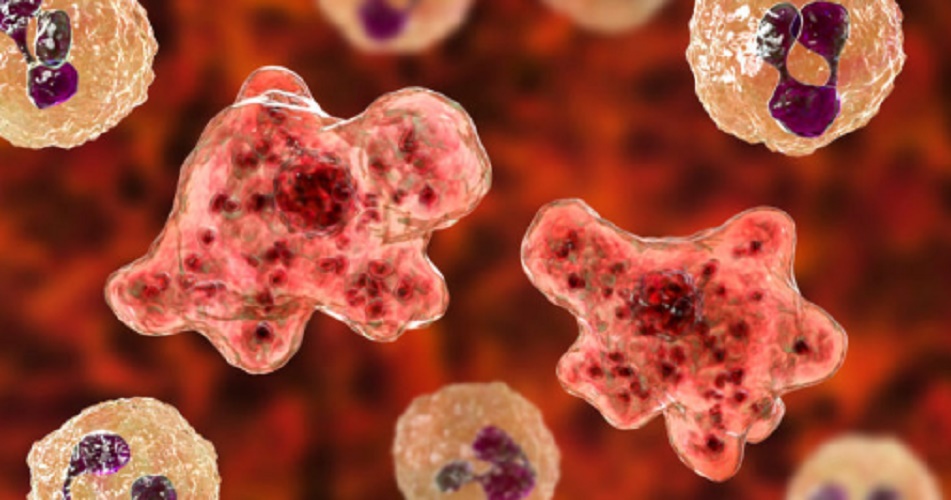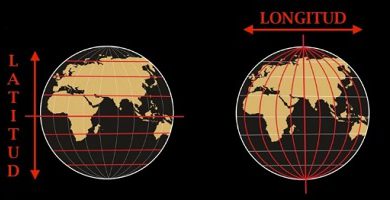What are unicellular organisms?
We explain what unicellular organisms are, their characteristics and the first unicellular organism. Classification, importance and examples.
-
What are unicellular organisms?
Unicellular organism is called to all those life forms whose body is composed of a single cell , and that do not form any type of tissue, structure or body together with others of its kind . In other words, these are microscopic beings whose body is a single cell and are often classified as protists (if they are eukaryotes , that is, if they have a cell nucleus ) or bacteria and archaea (if they are prokaryotes, that is, if they dont have it).
Unicellular organisms are the smallest and simplest of all living beings , and usually inhabit numerous habitats , exercising very diverse metabolic functions, ranging from photosynthesis or chemosynthesis, to the decomposition of organic matter, parasitism, or predation of other unicellular creatures. This is partly because they are much older than multicellular organisms, whose appearance is still difficult to explain at all.
-
Characteristics of unicellular organisms

Unicellular organisms can be vastly different from each other and can have very different characteristics, but generally share the following:
- They are necessarily made up of a single cell. Whether it has a nucleus and organelles (eukaryotes) or not (prokaryotes). The latter are the most numerous.
- They feed through the plasma membrane. That allows them to exchange matter and energy with the outside of the cell. This exchange can be passive or active, and in some cases occurs through invaginations of the cytoplasm .
- They move (if they do) using flagella or cilia. That is, through membrane appendages that allow them free movement.
- They can be grouped into colonies. But never in more complex fabrics or structures.
- They are microscopic. Although its size can vary greatly: eukaryotes are several times larger than prokaryotes.
- They reproduce asexually. Through various processes of cell division, such as mitosis , binary fission , budding , etc. This means that they are not sexed species: there are no males and females.
-
First single cell organism
Not much is known about the first unicellular organism, in part because being composed of such soft and tiny tissues, it is impossible to find fossils or geological traces . In addition, the Earth has changed so much in the billions of years of atmospheric, geological and chemical change, that it is not easy to determine the very origins of life .
However, it is speculated that the first living being on the planet was a unicellular organism that scientists call LUCA (acronym for Last Universal Common Ancestor or the Last Universal Common Ancestor), and from which they would have descended, in a long and complex process of evolutionary diversification, all other realms of life. It is estimated that he lived 3.5 billion years ago in the waters of the early planet.
-
Types of unicellular organisms

The most usual classification of unicellular organisms is the one that distinguishes between prokaryotes and eukaryotes, as we have already seen. However, they can also be classified based on their nutrition mechanisms , as follows:
- Autotrophs Those who can synthesize the necessary nutrients to keep cell metabolism going , simply by taking advantage of inorganic matter. They can do it in two different ways:
- Photosynthetic Those who perform photosynthesis, taking advantage of sunlight and carbon dioxide to metabolize sugars. For this they require chloroplasts, small deposits of a pigment called chlorophyll that reacts with the sun.
- Chemosynthetics Those who instead of taking advantage of solar energy , take advantage of the release of chemical reactions of geological or inorganic origin, using these reactions to obtain chemical energy to convert into biochemistry .
- Heterotrophs Those who cannot synthesize their own nutrients, and must take them from the organic matter of other organisms, living or dead, or their waste. They can do it in various ways:
- Saprophytes Those that break down residual organic matter, helping compounds of organic origin to become simpler substances, and feeding in the process.
- Parasites Those who must invade the interior of larger organisms (especially metazoans) to nourish inside and reproduce at the expense of their body, often causing damage to the process.
- Predators Those who use their plasma membrane to capture and digest, assimilating them to the cytoplasm itself, to other single-celled living beings .
-
Importance of unicellular organisms
Unicellular organisms are the basis of life on the planet, ancestors of all higher life forms . At some point in the history of life on the planet, the marine waters were full of these microorganisms, engaged in a blind race to multiply and spread, until at some point the possibility arose of grouping, sacrificing their individuality, and forming organisms more vast, more complex, thus taking an irreversible step towards life as we know it.
On the other hand, the study of unicellular organisms has allowed us to understand formerly ignored aspects of the field of health and biology , paving the way for modern medicine and the study of biochemistry.
-
Difference between unicellular and multicellular organisms

The most obvious difference between unicellular and multicellular (or metazoan), is that the latter have bodies composed of tissues , that is, by numerous cells that came together, forming a unique individual, in a much closer relationship than a colony, to sacrifice his independent life in favor of security, stability and distribution of the functions necessary to survive.
Anyway, the transit of unicellular (more primitive) to multicellular (more complex) is still somewhat mysterious for biology. The truth is that it represented a huge leap forward in evolutionary matter, to the point that our bodies are made up of millions of cells , all committed to a common existence: that of our bodies.
-
Examples of unicellular organisms

Some examples of unicellular organisms are:
- Amoebas Irregularly shaped protozoa , which move by moving their cytoplasm as if they were “fingers” (pseudopods) and feed themselves, hunting and phagocytizing other microscopic organisms.
- Paramecios. Another type of ciliated protists (they have a membrane covered with microflagels) that allow them to move at high speed in the aquatic environments they inhabit, such as puddles and ponds.
- Euglenas Euglenas are flagellated unicellular organisms, which have chloroplasts and feed on sunlight, but which in the absence of it can be nourished in a heterotrophic way, ingesting other organisms as food .
- Arches Also called archeobacteria, they are a very primitive type of prokaryotic unicellular organism, which can be found in very hostile conditions of life, since they are nourished by anaerobic chemosynthesis.
- Bacteria The most predominant unicellular life forms in the world are also the oldest and responsible for most of the infections that we can suffer, along with viruses and other pathogenic forms. Many of them are free-living and have an autotrophic existence , making photosynthesis (such as cyanobacteria).




